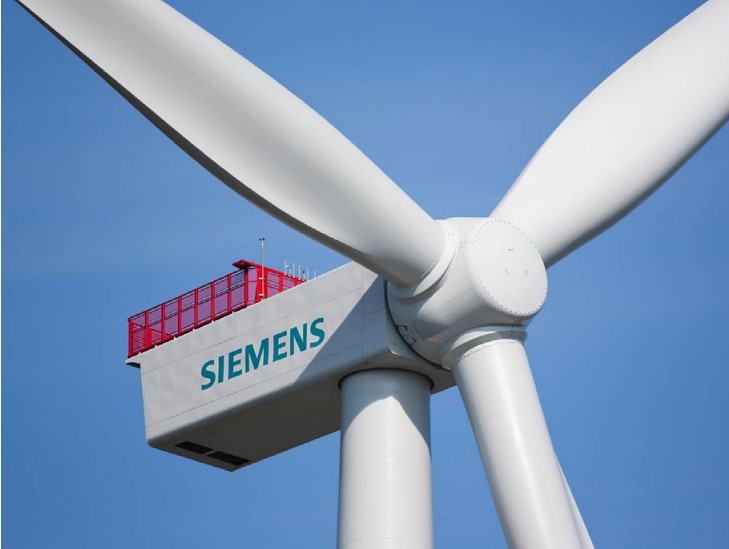Looking to optimize energy conversion with X-ray
Energy conversion is a central issue in wind power applications and a lot of R&D efforts are put into the development of efficient systems, which would accommodate the fluctuations in energy production caused by intermittent wind. One approach to energy conversion consists in converting electrical energy into chemical energy. Porous membranes play an important role in this process.
The international engineering group, Siemens, called on the Imaging Industry Portal expertise to reveal the link between membrane macrostructure and efficiency.
Challenge
As part of their R&D efforts to optimize energy conversion, Siemens wanted to look into the porous structure of the membranes used in energy conversion systems. The pores’ macrostructure may indeed play a key role in the efficiency of the diffusion process underlying energy conversion. A better understanding of the pore structure could therefore lead to a more efficient energy conversion process.
Collaboration
Siemens entered a collaboration with the Imaging Industry Portal in order to visualize and compare the macrostructure of different membranes.
Results
A series of X-ray scans followed by advanced data analysis and 3D rendering allowed Siemens to compare the pore structure of commercial membranes to some of the company’s experimental membranes.

“I am impressed by the high resolution X-ray equipment available at the Imaging Industry Portal at DTU. It gave us a very insightful 3D mapping of the macrostructure in the porous membrane materials we are developing. This technique beautifully complements other high resolution imaging techniques available at DTU, e.g. electron microscopy.”

